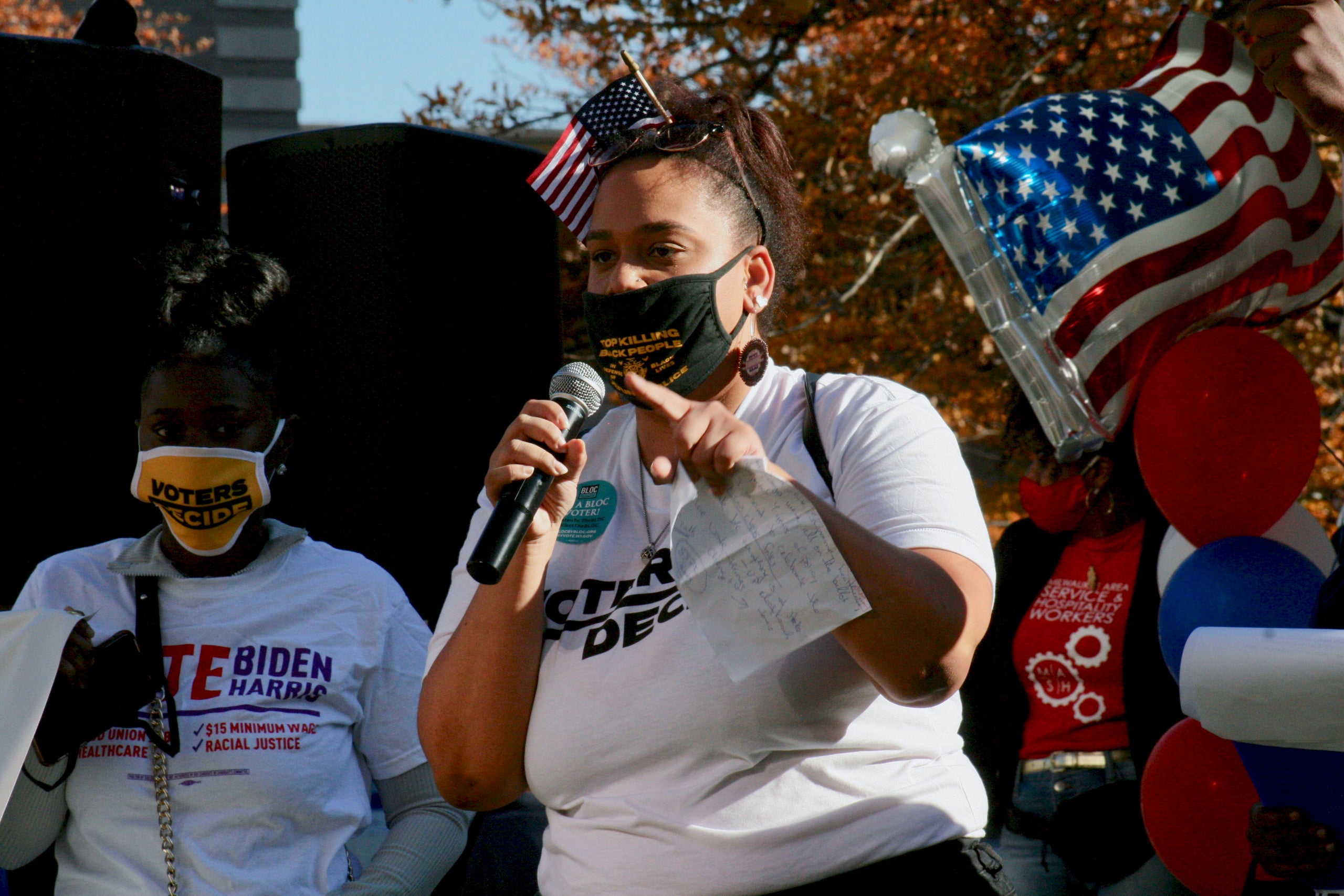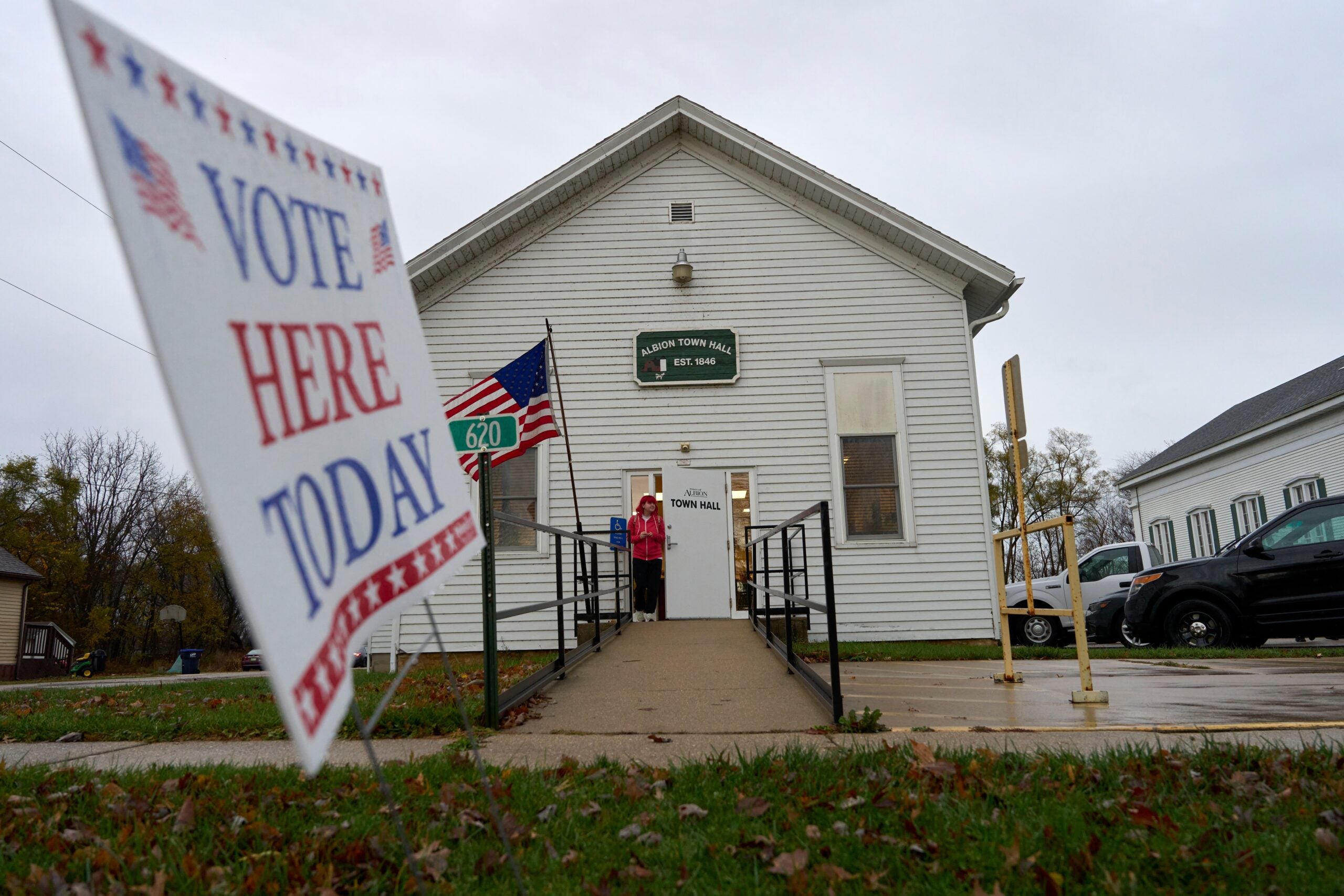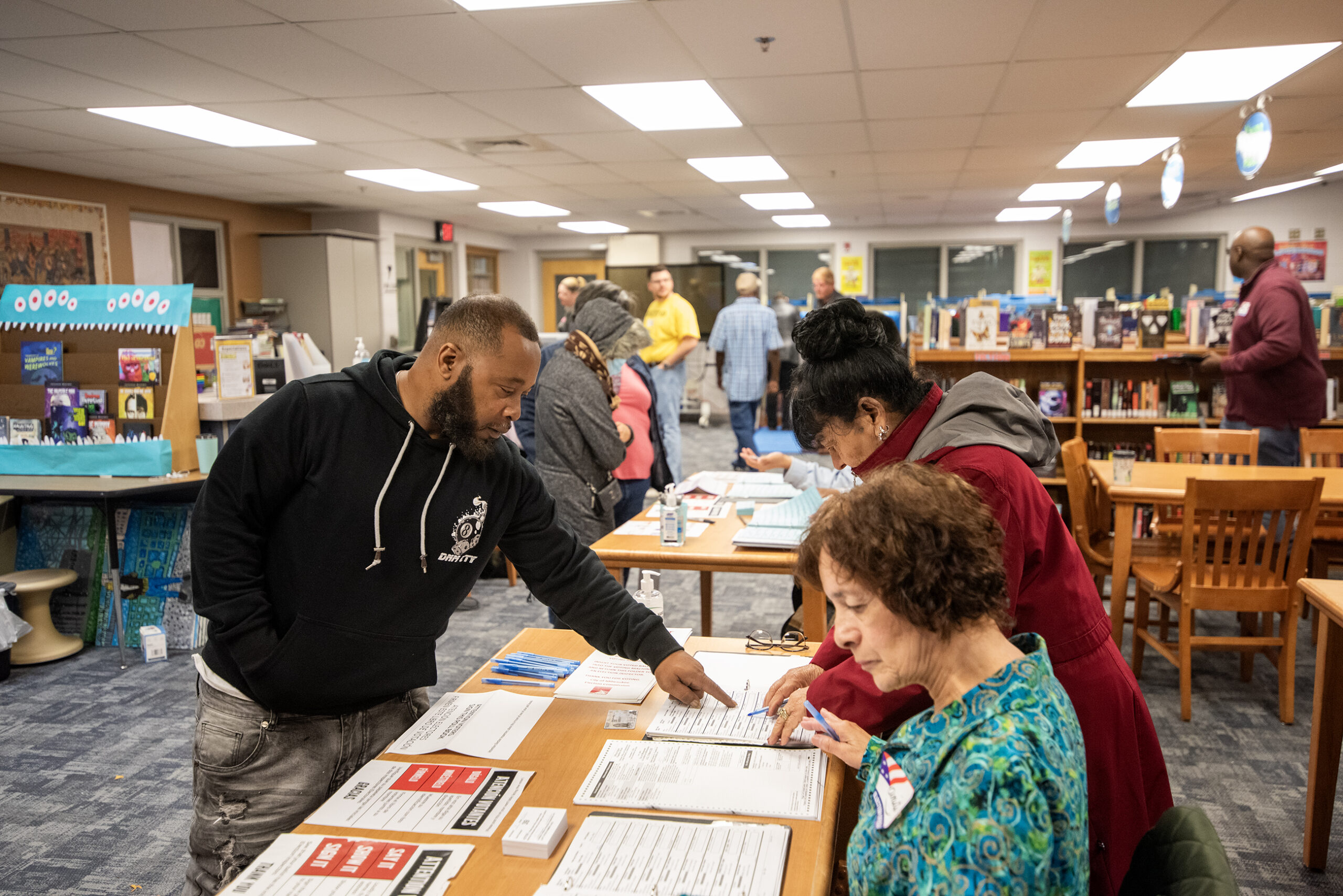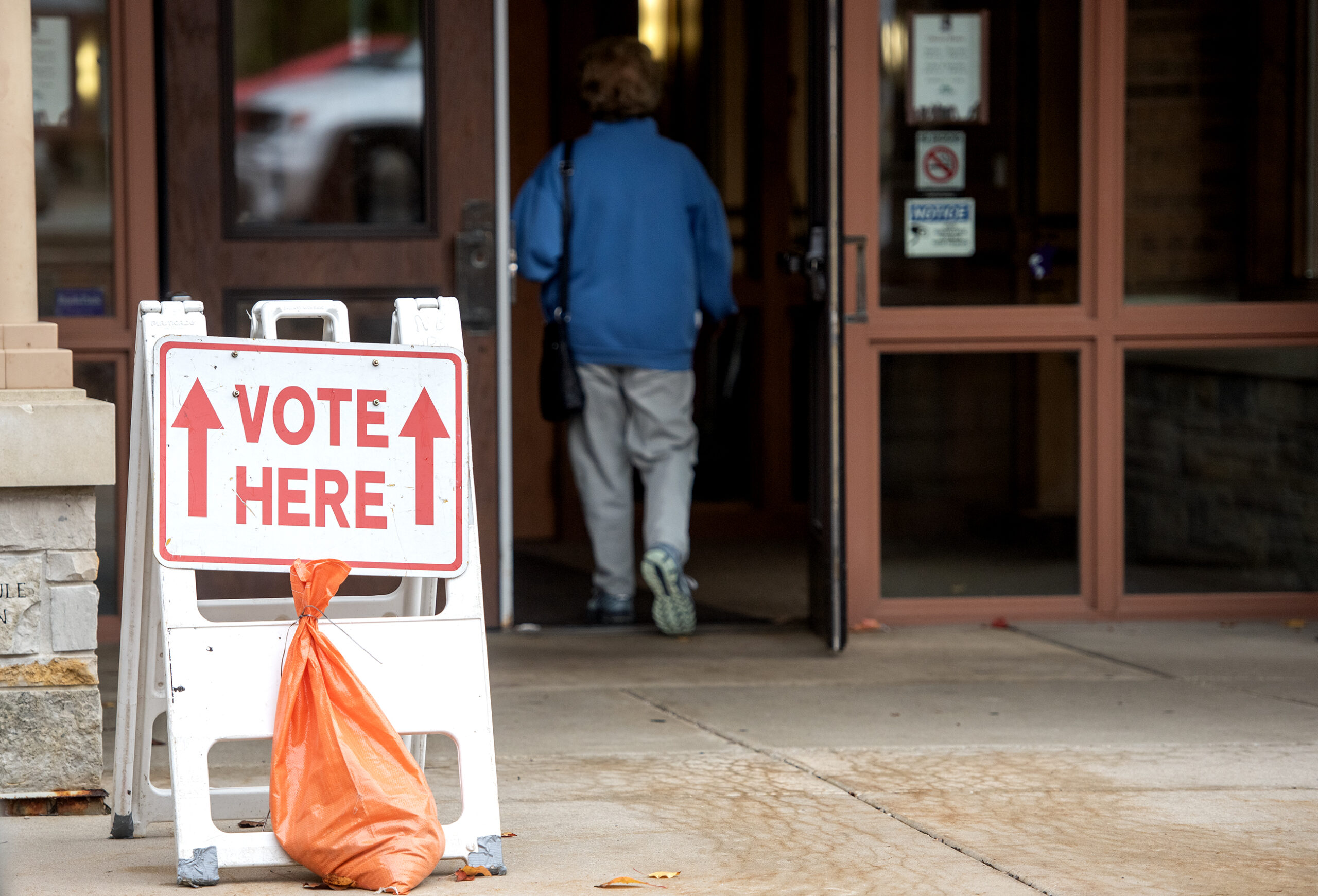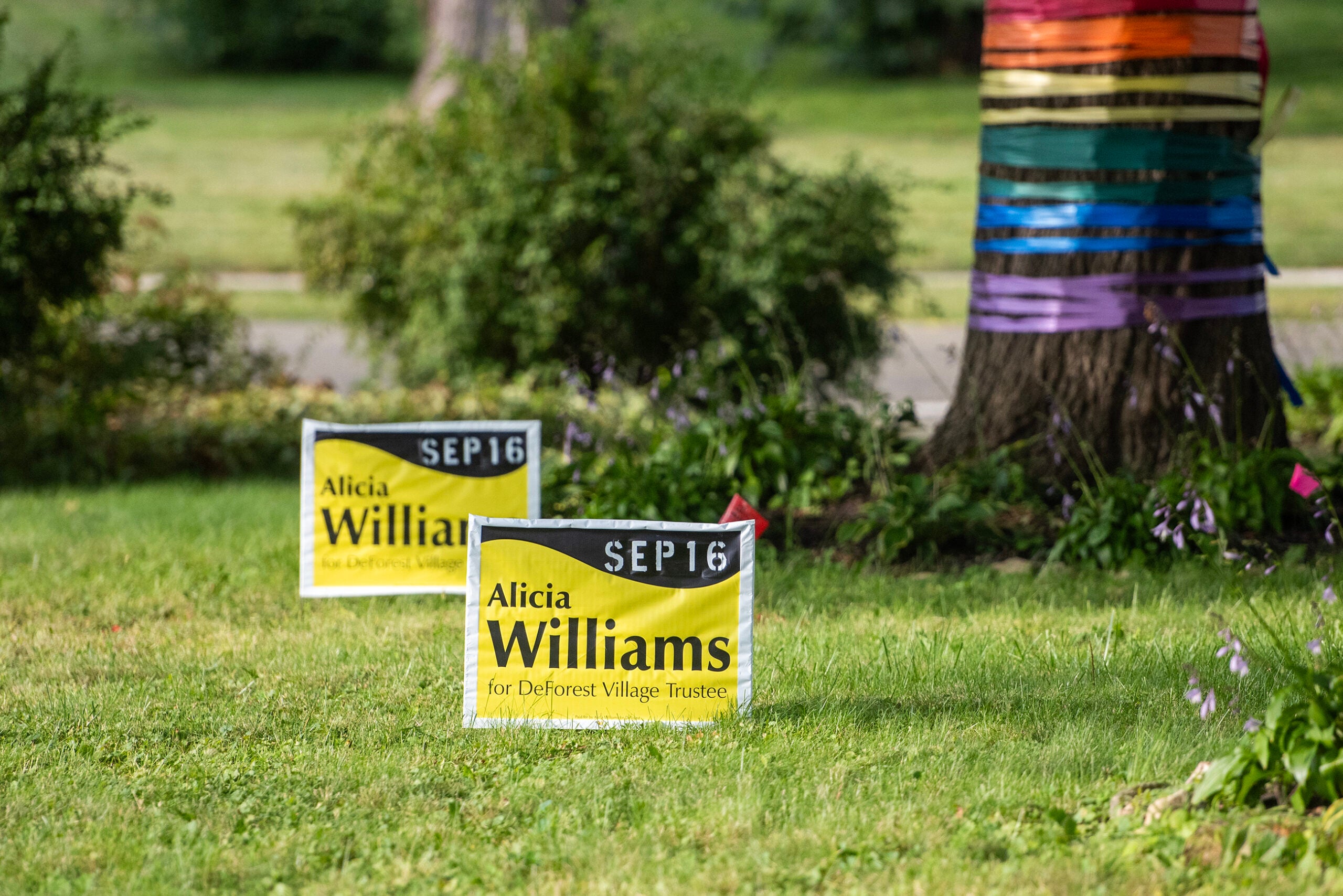This past Monday, Wisconsin’s presidential electors cast the state’s 10 Electoral College votes for President-elect Joe Biden, officially confirming his win in the November election. And while who will occupy the White House come January is finally settled, two community activists in Wisconsin said the flurry of lawsuits and allegations around the election have dramatically affected Wisconsin’s voters of color.
The day the Electoral College voted, the Wisconsin Supreme Court rejected a last-minute lawsuit filed by President Donald Trump’s campaign that sought to overturn Biden’s victory. Trump’s campaign also requested the partial recount of Wisconsin’s general election votes that took place in the state’s largest and most diverse counties, Dane and Milwaukee counties. The court’s rejection of the suit and the Electoral College vote has concluded that issue. Although the legal process has concluded, the fallout from this process is continuing in many communities.
Angela Lang, executive director of Black Leaders Organizing for Communities (BLOC), said the suit’s claims of voter fraud in Milwaukee and Dane counties have a negative impact on Wisconsin’s voters of color.
News with a little more humanity
WPR’s “Wisconsin Today” newsletter keeps you connected to the state you love without feeling overwhelmed. No paywall. No agenda. No corporate filter.
“It further divides this kind of us-versus-them mentality — and us, you know, being Black and brown people that are the most marginalized,” Lang said.
Lang spoke with “The Morning Show’s” Kate Archer Kent about her experiences with organizing voters in her Milwaukee community this year and her impressions of the media reaction post-election. Lang said she thinks the partisan election challenges and recounts have further disenfranchised voters of color.
“We’re seeing how this outgoing president has stoked those fears and being able to say that Black and brown people and Indigenous folks can’t even vote the right way without being suspected as something illegal is also a long-term damaging effect on communities of color,” she said.
Christine Nuemann-Ortiz, executive director of the immigrant and labor rights advocacy organization Voces de la Frontera Action, agreed. “If there is disenfranchisement, we know it comes — certainly here in Wisconsin — from photo ID and gerrymandering. So if you want to talk about voter disenfranchisement, there is,” she said.
Truly understanding communities’ perspectives is still misunderstood or overlooked. Since Election Day, demographic data and voting behavior has been analyzed in the media. Some surprises surfaced about Trump’s support in Florida’s Latino community. Nuemann-Ortiz has been organizing Latino voters since 2004 and said polling often misrepresents the community.
“The Edison poll — not just this year, (but) last year and others — it really, like, over-samples Cuban voters. For example, in Florida, Cuban voters have been traditionally very conservative. Also, it doesn’t take into sample Spanish-language voters. It doesn’t go into major cities, where you have a majority actually of Latino voters. So those initial numbers were skewed,” she said.
Wisconsin has been in the national spotlight as a swing state since 2016 when the majority of its citizens voted for a Republican presidential candidate for the first time since 1984. Not visiting Wisconsin in the 2016 general election campaign is seen as a major flaw in Democratic presidential candidate Hillary Clinton’s campaign. Wisconsin turnout in the 2016 presidential election fell about 3 percent from 2012 levels.
However, Lang said she wants politicians to do more than collect votes from Black Wisconsinites — they should earn them.
“Everyone wanted to have the most Black support. But what does that actually mean? Did that mean that they knew our stories? That mean that they knew our issues? Were they writing campaign plans based off of the feedback in the community? So I would like to see a little bit more of that,” she said.
Initial post-election data showed that in predominantly Black Milwaukee neighborhoods, turnout was down 11 percent, 1,222 votes. Lang attributes the drop to the pandemic and voter suppression tactics.
“I’ve said this whole time that some of the most marginalized folks that are the most hard-hit from voter suppression are also the same ones that are hard hit from the pandemic,” she said.
The American Election Eve poll reports that 77 percent of Wisconsin’s Latino population supported Biden. Neumann-Ortiz said she is hopeful the Biden administration will be responsive to the needs of Latino voters who backed their campaign.
“It’s without a doubt it was a decisive contribution in the results in delivering this victory for the Biden administration. And so, you know, to me, when I think about it, it is the saying that, you know, the Latino vote is the sleeping giant. And it was this election where the sleeping giant woke up and stood up,” she said.
Wisconsin Public Radio, © Copyright 2025, Board of Regents of the University of Wisconsin System and Wisconsin Educational Communications Board.

